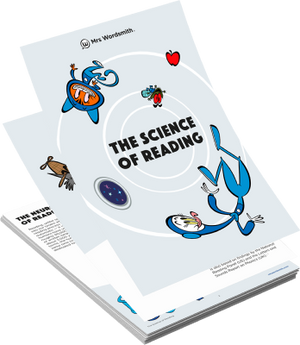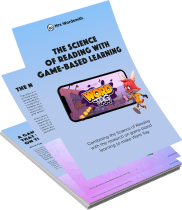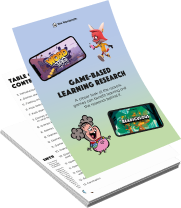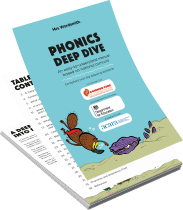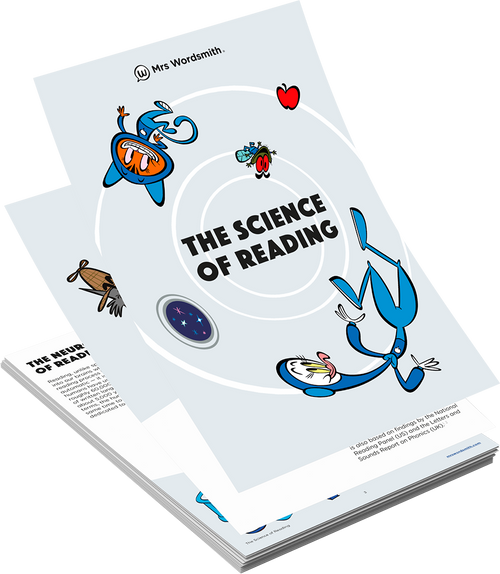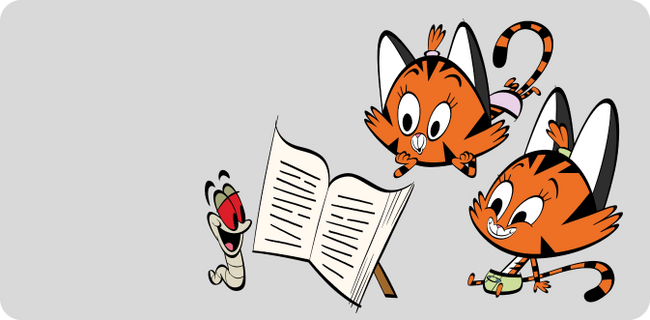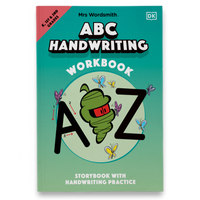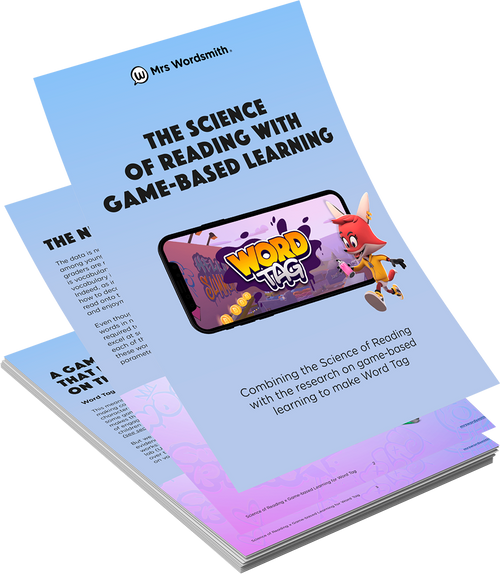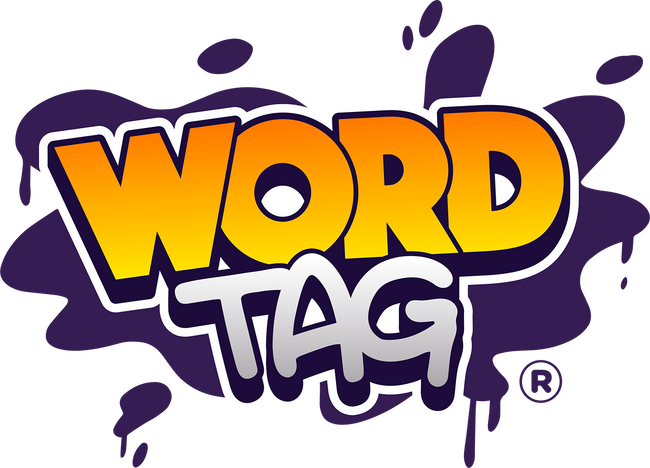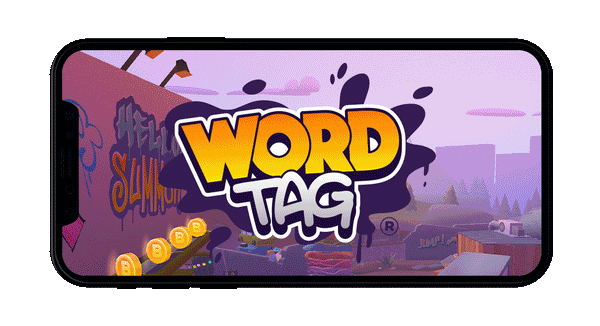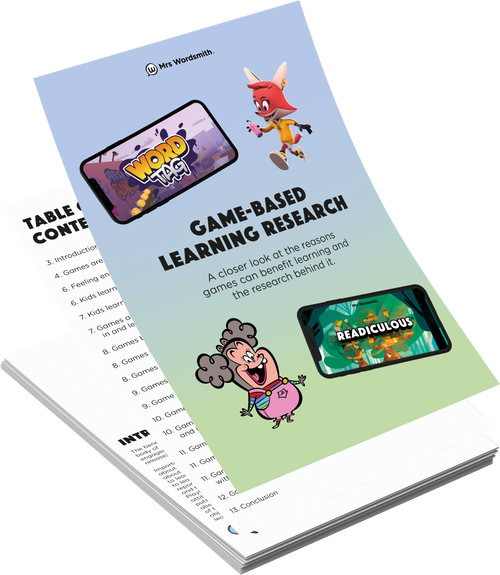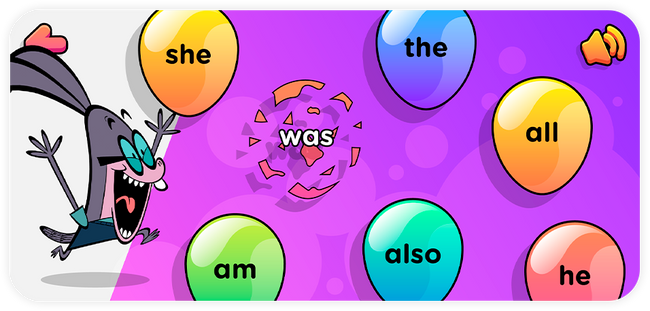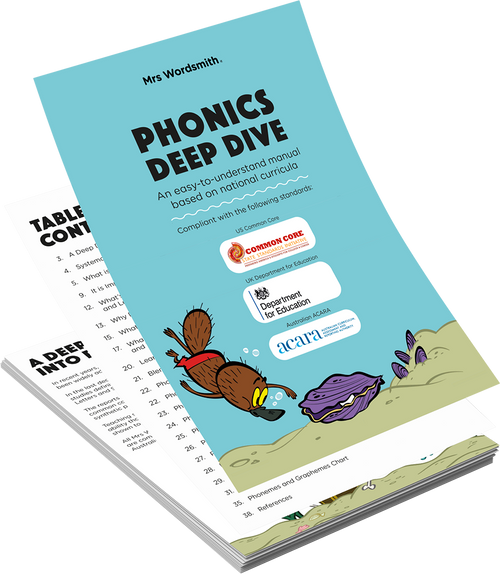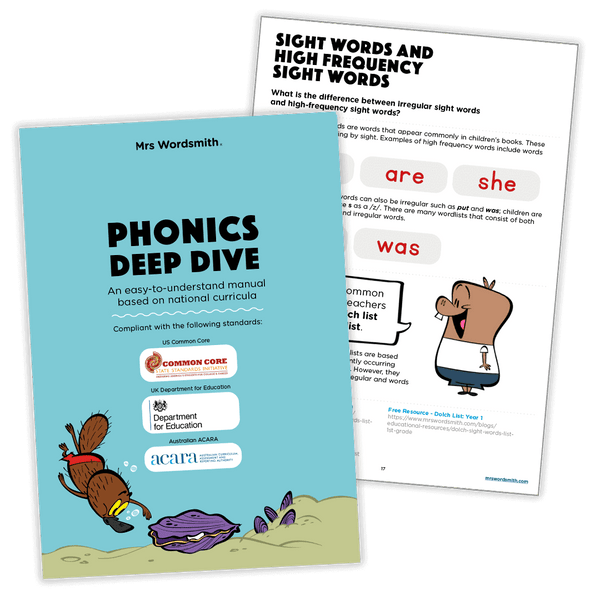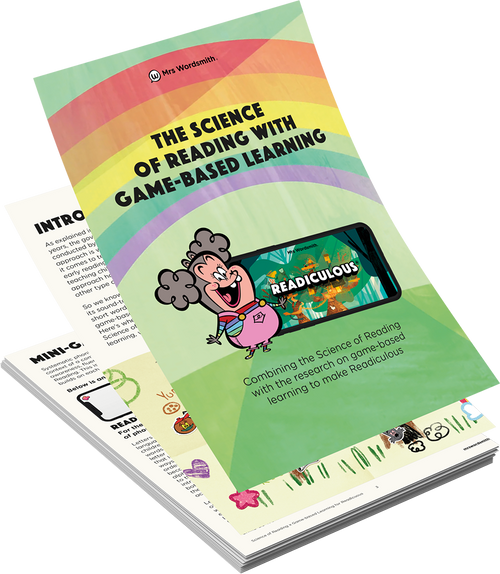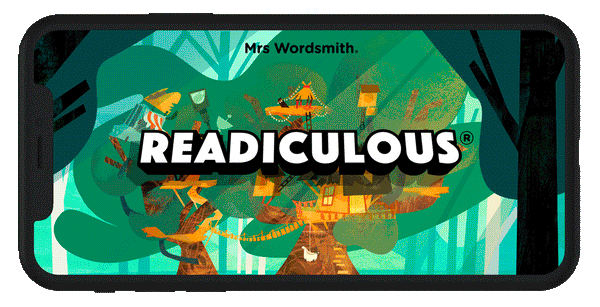Word Tag is 80% fun, 20% work, and 100% game! This means that we have taken a game-first approach without making compromises on the pedagogical soundness. As a full-blown, character-driven action game with rewards, and not just a learning tool with some gamification elements, Word Tag properly engages children and makes them want to play. The evidence about the importance of engagement for maximizing the learning impact is compelling: unless children are engaged, any chances for learning impact are minimized.
But we didn't only base the design of Word Tag on the general research evidence about game-based learning; we tested that Word Tag itself works. An efficacy study run by Dr. Shawn Stafford’s UX lab tested the impact of the game on 20 children over the course of a month. The results were beyond encouraging: the students performed 43% better on vocabulary tests after having been exposed to the game for just 4 weeks.


